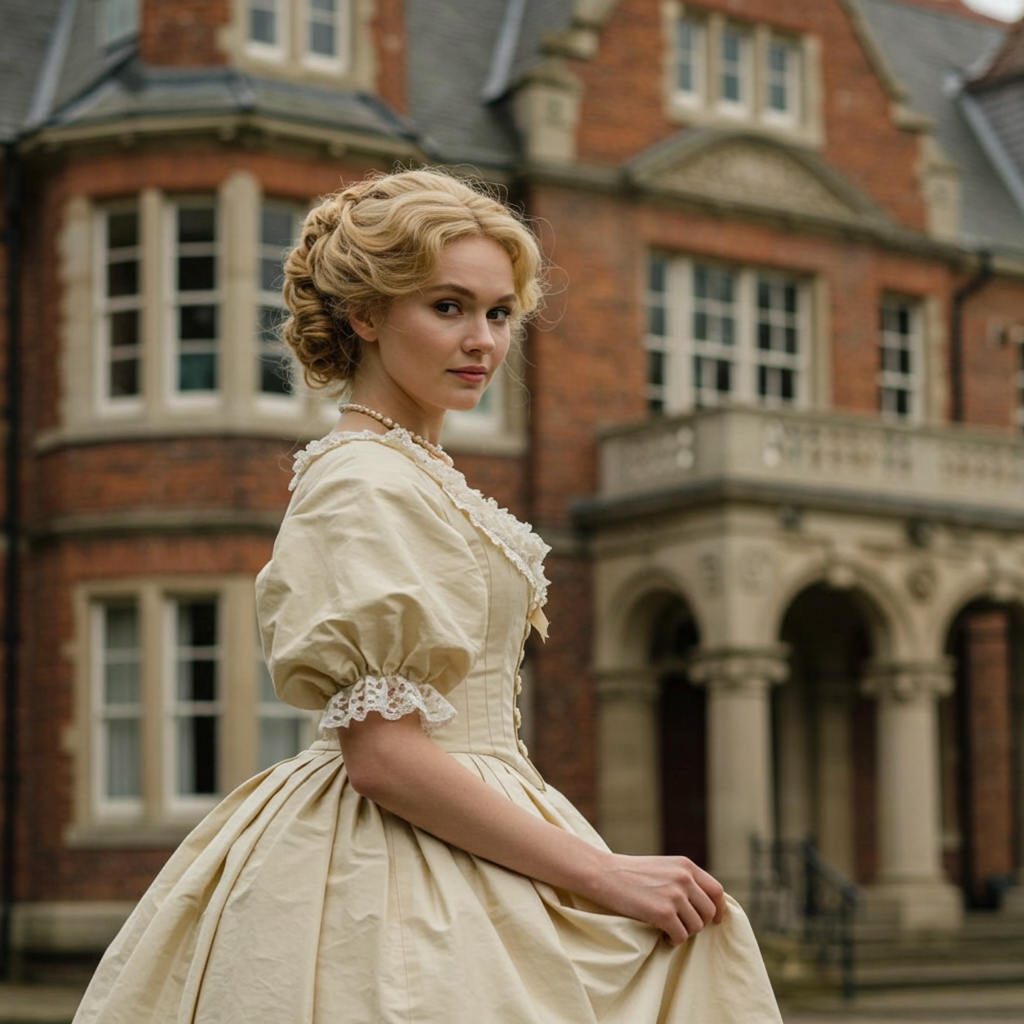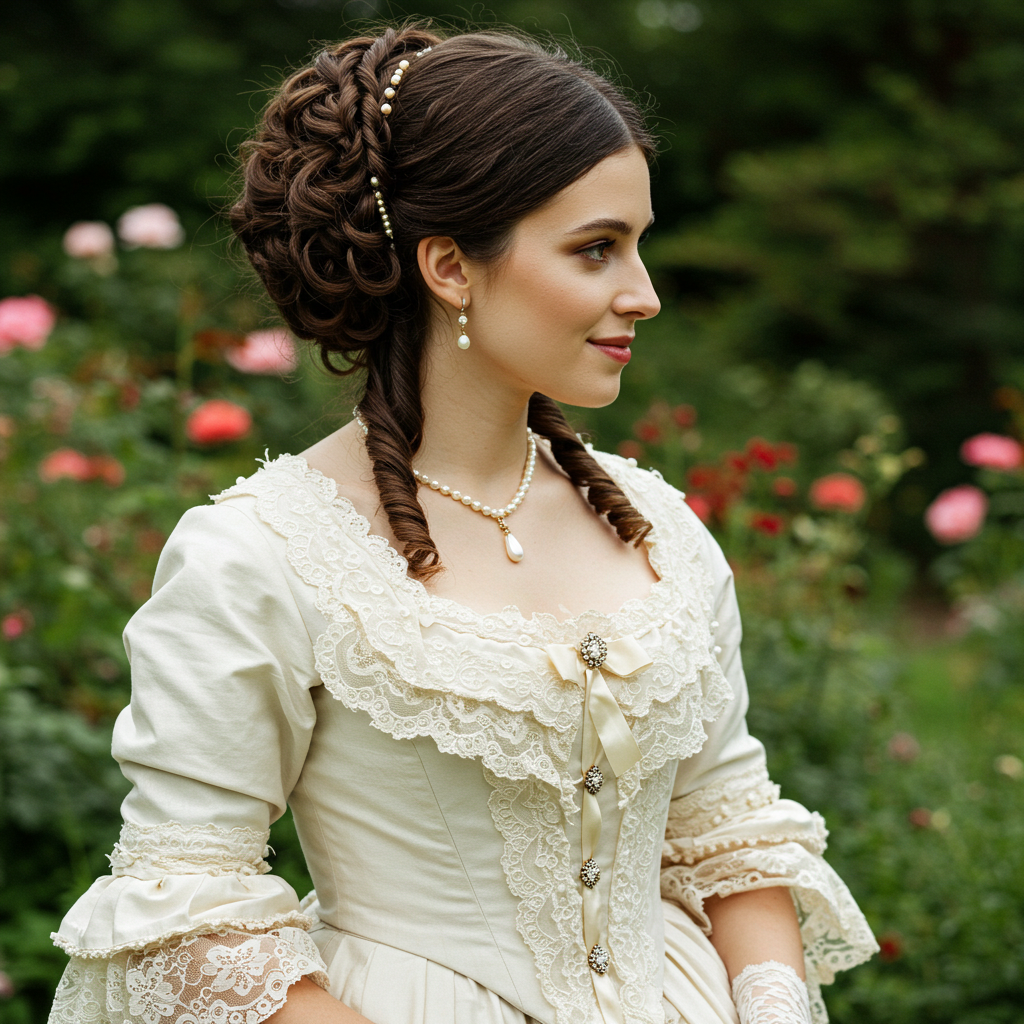
The Victorian era (1837-1901), named for Queen Victoria’s reign, was a time of great change and innovation. This period’s fashion reflected the societal shifts, industrial advancements, and evolving ideals of beauty. Victorian attire was characterized by its elegance, intricate details, and sometimes excessive extravagance. Let’s delve into the fascinating world of Victorian fashion and uncover the stories behind the garments that defined an era.

One of the most iconic symbols of Victorian fashion was the crinoline. This cage-like structure, made of steel hoops and fabric, created a voluminous silhouette for women’s skirts. The crinoline’s popularity peaked in the 1850s and 1860s, representing the era’s obsession with opulence and grandeur.
By the 1870s, the crinoline fell out of favor, replaced by the bustle. This padded undergarment, worn at the back, created a prominent posterior and accentuated the natural curves of the female form. The bustle was often adorned with bows, ribbons, and lace, further emphasizing its extravagance.

Victorian men’s fashion was equally stylish, albeit more restrained than women’s. Tailored suits, waistcoats, and top hats were staples of the gentleman’s wardrobe. The frock coat, a knee-length coat with a fitted waist, was a popular choice for formal occasions.

Accessories played a crucial role in Victorian fashion. Gloves, parasols, fans, and hats were not just decorative items but also tools for communication and social signaling. A tilted hat or a specific gesture with a fan could convey a range of emotions and intentions.

Victorian fashion was a captivating blend of elegance, extravagance, and societal reflection. The garments and accessories worn during this era tell a story of innovation, changing ideals, and a fascination with beauty in all its forms. By exploring the fashion of the past, we gain a deeper understanding of the people, culture, and values that shaped the world we live in today.









Leave a Comment